Ever wondered how to start your own creative business from scratch? It can feel overwhelming, but I’ve learned valuable lessons from my passion project, The Tiny Dollhouse South Africa. Here’s a guide based on my experience:
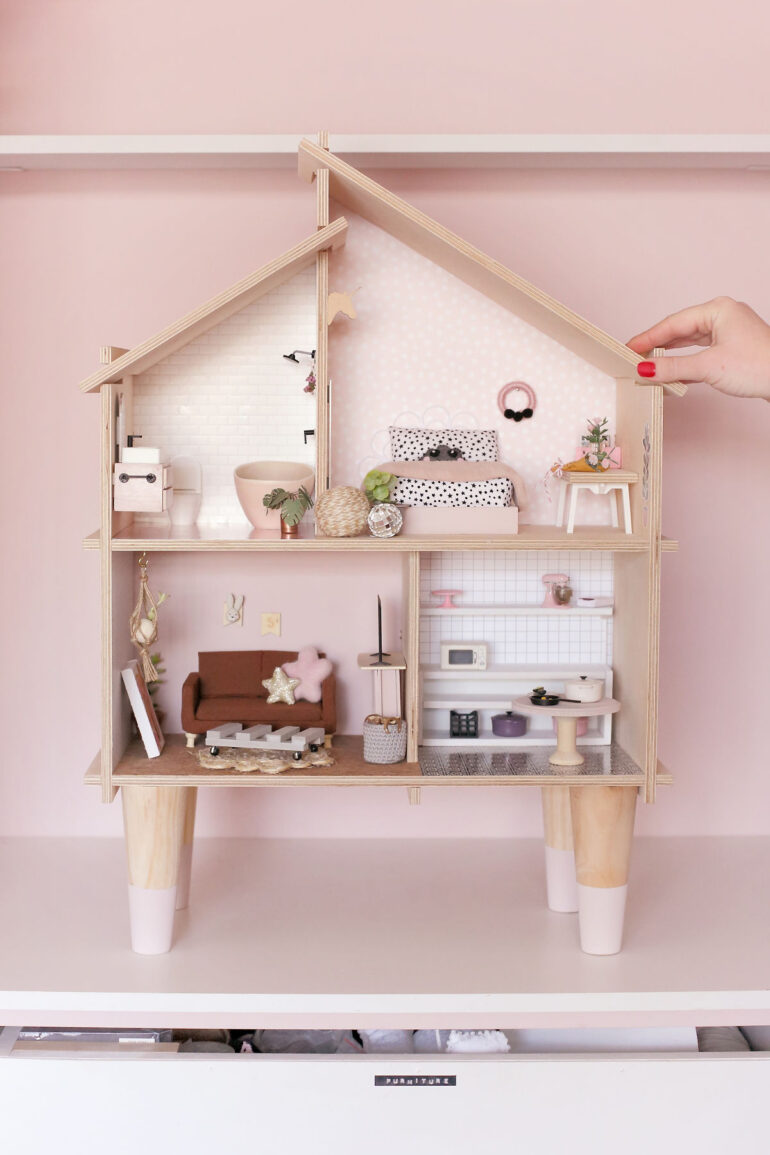
Validating Your Idea
You won’t know until you try. The only way to know if your idea will be profitable is to try it. If you are offering something unique in a niche market, your chances of success are higher. E.g. If I am the ONLY person that sells clothing in a remote location, then the likelihood of people buying clothing from me is very good. For most creative businesses, we don’t necessarily provide essentials, our products are often “wants” rather than “needs.” It is not essential for someone to have a dollhouse, but it is definitely a product that sparks joy when you do have one. So how do I compete and stand out from competitors or other products in the market and where do I even start earning something?
Focus on what makes your offering special and how it can bring joy to your customers.
Start with Product Selection
Decide on what product(s) you would like to sell and begin with a small range of products. This approach allows you to manage inventory effectively and learn what resonates with customers. Try to keep the range diverse, so that you can see which item(s) sells better than others. As your business grows, you can expand your offerings based on what sells best. Remember, quality over quantity is key.
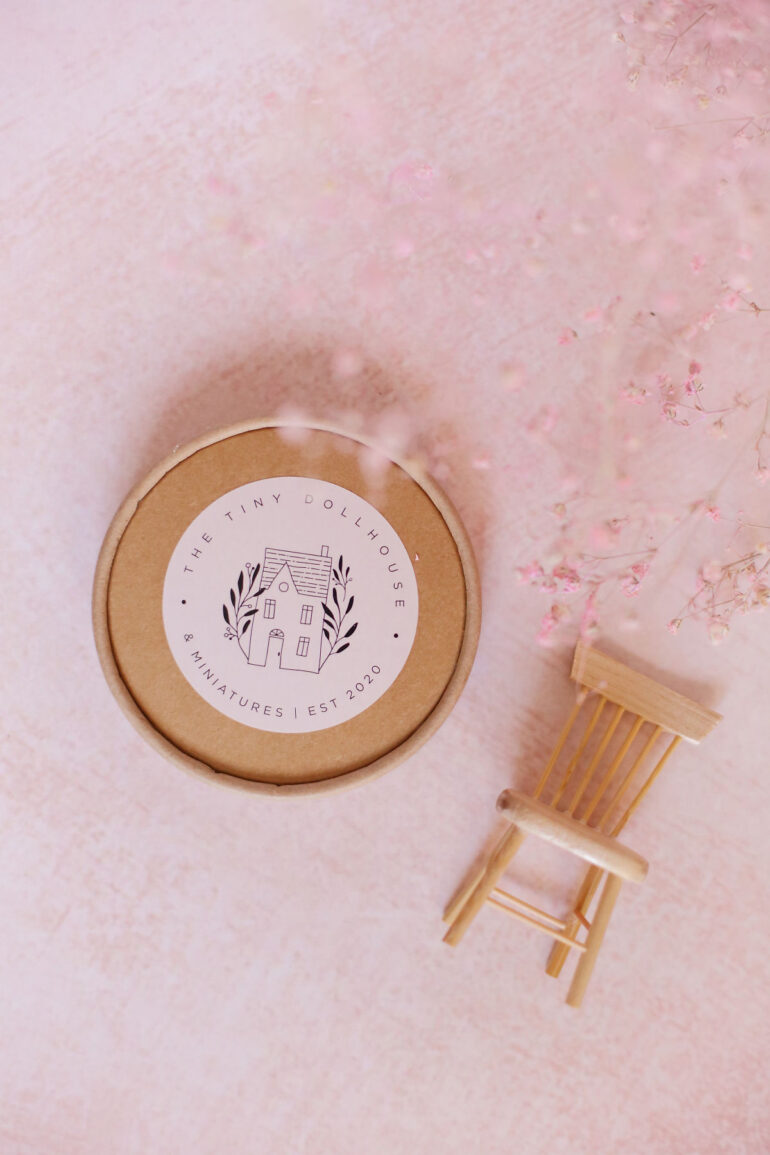
Branding and Brand Identity
A strong brand identity sets you apart. For me, Branding and Beautiful images were really, really important. Invest in a professional logo and cohesive branding elements. I worked with Simply Design to create a logo that perfectly represents The Tiny Dollhouse SA. I had a good idea of what I wanted but Chrisinda made the idea a reality and just brought my brand together perfectly.
Thoughtful packaging also enhances customer experience, making your brand memorable. I had some stickers printed to use on my packaging and tried to keep everything paired back and minimalistic. There is nothing more exciting for me to order something online and receive a beautifully packaged item. I do however tend to go overboard and spend sooo much on packaging that I need to pull in the reins sometimes, but trust me, it is sooo worth putting some effort and thought into your packaging and I have received many positive comments on this. I also have a Cricut Maker that really helps me when it comes to my business and branding.
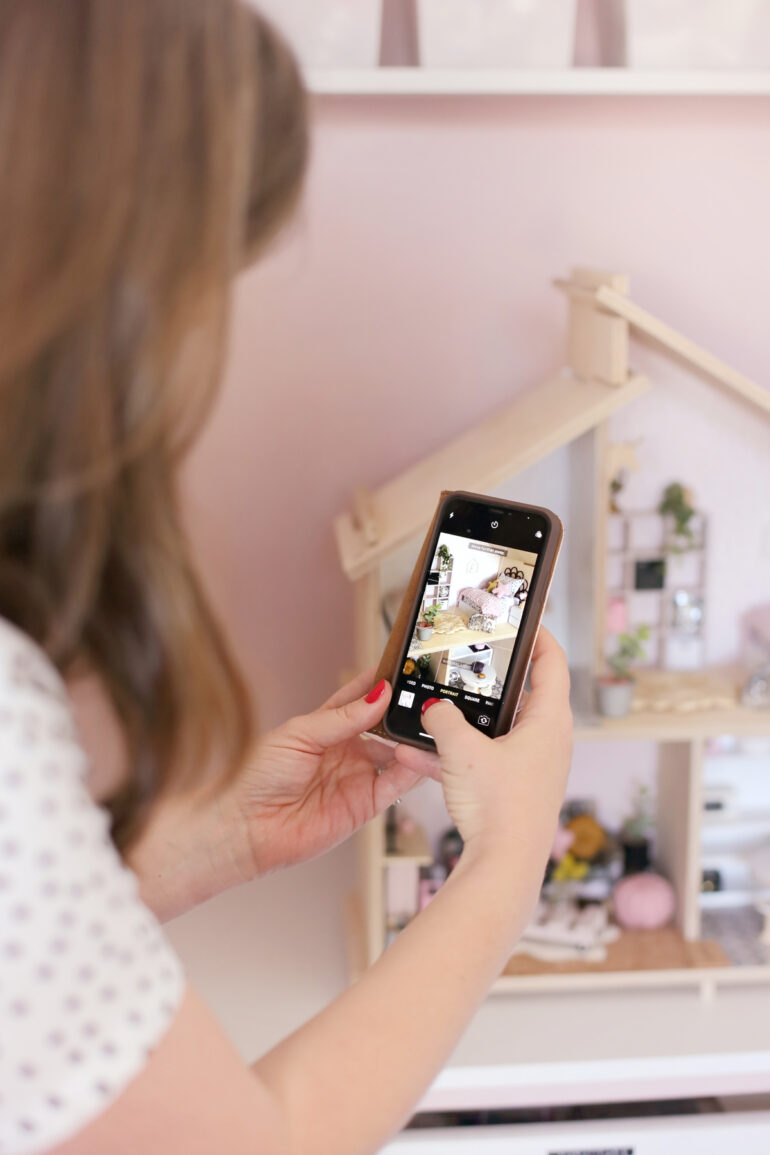
Imagery and Presentation
Your products should be presented in a way that not only showcases them but also tells a story. I do not just want to sell a product but a dream, because that is what I want people to experience when they visit my store. I make use of mostly inspirational images on my Instagram timeline and newsletters and a combination of product and inspirational images on my online store. I find that product ones work well on the website alone for the listings. This might be different for your business – If you sell sweets for instance you might not require as many lifestyle images as people know how to consume them, but for luxury items or ‘want’ items people want to see how it would fit into their own lifestyle.
In most cases my images are professionally (taken by Hello Love Photography or Melanie Wessels Photography) taken as my tiny items are just too detailed for me to get right. The key is consistency, you need to have images with a similar mood or color that compliments your brand and makes people recognise your product. The light has to be good and the focus on the actual product or mood that you want to portray.
Whether you’re selling online or in person, high-quality images that reflect your brand’s aesthetic are crucial.
Service and Customer Experience
Providing, not a good, but EXCELLENT service and user experience is key. Ensure your purchasing process is smooth and customer-friendly. Adding a personal touch, like a handwritten note or special packaging, can make a big difference. Fast, reliable shipping and easy returns also contribute to a positive customer experience. If the purchase and check-out process is too difficult people will lose interest and will not complete their purchases or order from you again.
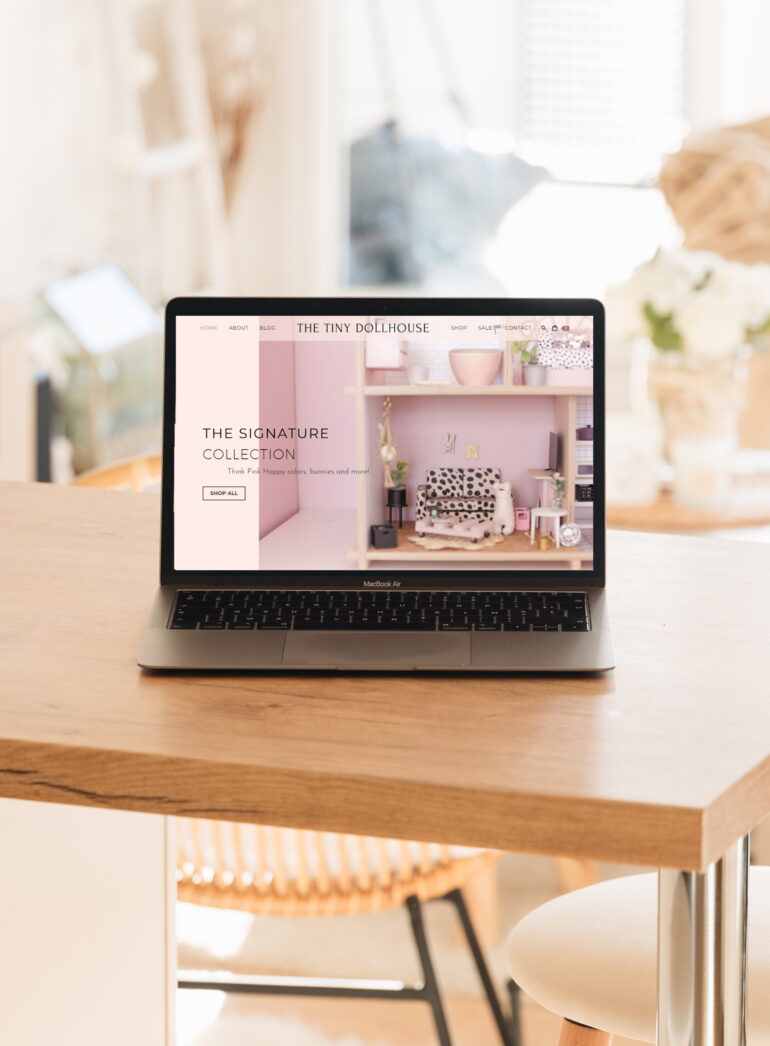
Deciding on a Sales Platform
In my opinion, this all depends on where you are planning to sell your products and which customers you would like to reach. Do you plan to do markets, wholesale, retail or do you want to service people in your area, country or worldwide perhaps? For many people the world of online shopping or more specifically creating an online store can feel overwhelming at first, but it is a lot easier than you think. (See my article on how to create your own website)
Consider where your customers are and how they prefer to shop. An online store, like the one I set up using WooCommerce, offers flexibility and convenience for both you and your customers. For those selling at markets or through local retailers, a website may not be immediately necessary but can help capture additional sales opportunities. Whatsapp stores could work well for localised, area specific stores e.g. if you make fresh salads in Johannesburg it will be difficult to ship them to Cape Town, so having people contact you in a close network might be easier.
An online store (I make use of Woo commerce which is a free store add on to WordPress) was the best and easiest for my products as I can have various color iterations listed online and people can take their time to select and decorate their dollhouses at their leisure.
Distribution and Physical Store Presence
I use courier services for delivery and offer local pick-up options and door-to-door delivery to my customers. While I primarily operate online, partnering with local retailers can be a great way to reach new customers. I partnered with a store around the corner from where I stay called – gonk to make collections easy. Even though I get loads of requests to sell to countries outside of South Africa I have not found a viable solution to do so as yet. Some countries have specific regulations when it comes to wooden products so I thought it easiest for now to only sell within South Africa.
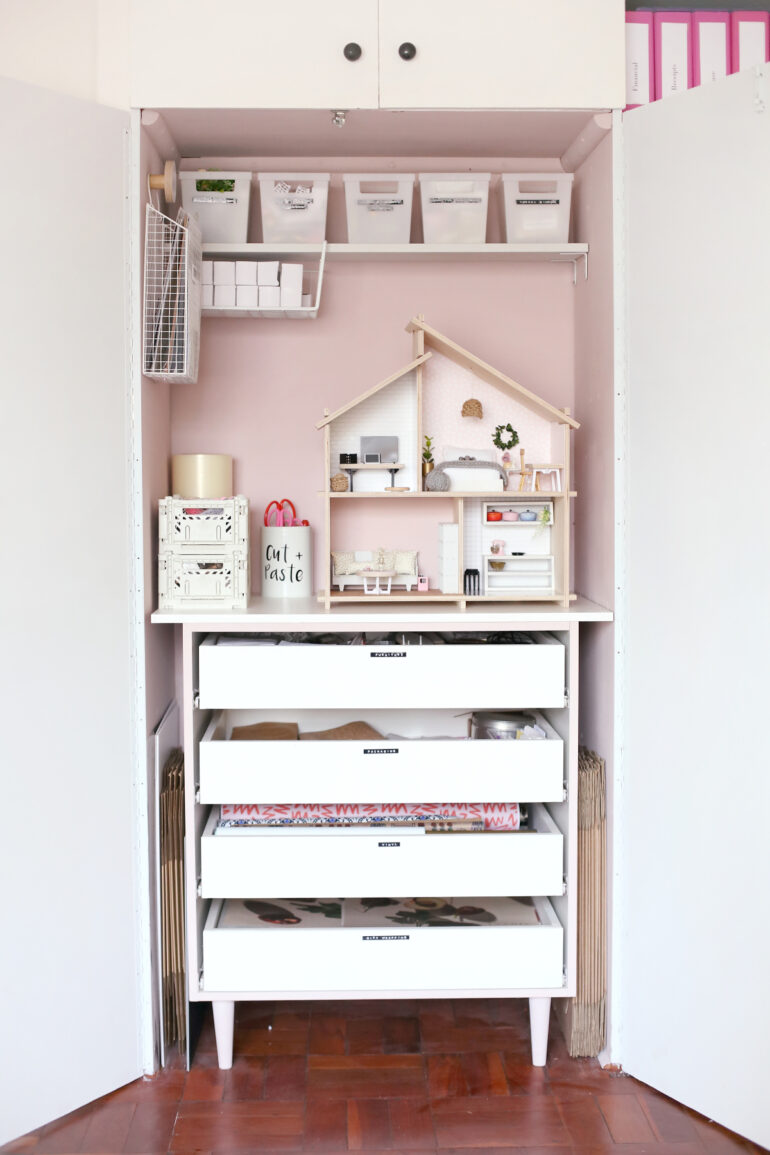
Because The Tiny Dollhouse SA is a side hustle and passion project for me it does not make sense for me to have a dedicated physical shop front. I basically have all my stock in a cupboard in my office – beautifully organised, but not practical to have people come to shop directly from it.
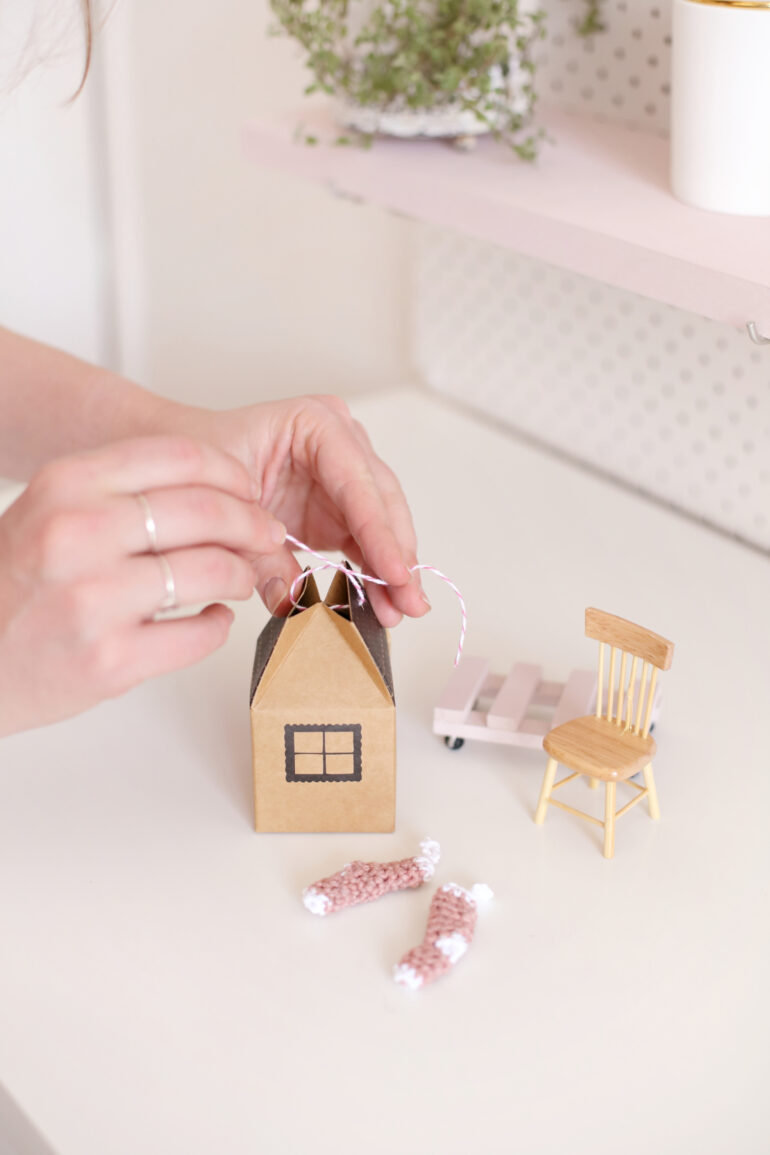
Final Thoughts
Starting a creative business is a journey that involves experimentation and learning. Don’t be afraid to start small, focus on quality, and continuously refine your approach. If you’re passionate and dedicated, your business has the potential to grow and thrive.
The best way to start… is just just start…
PS: You might also want to read ‘How to protect and register your small business name in South Africa‘.
Let's get social
Instagram: @lovilee_zaTwitter: @lovilee_za
Facebook: @lovileeblog
or subscribe to never miss out on any new articles in this link.

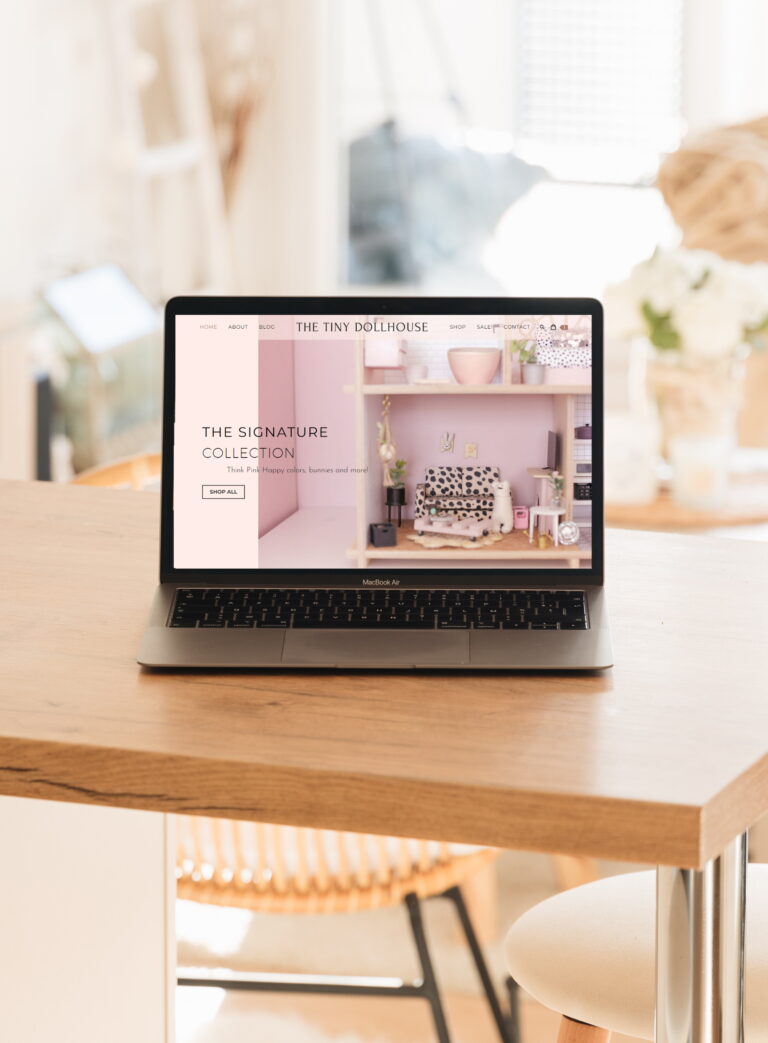


2 Comments
So lovely to share your story and experience to inspire others to make their own dreams come true!
Thank you friendy!